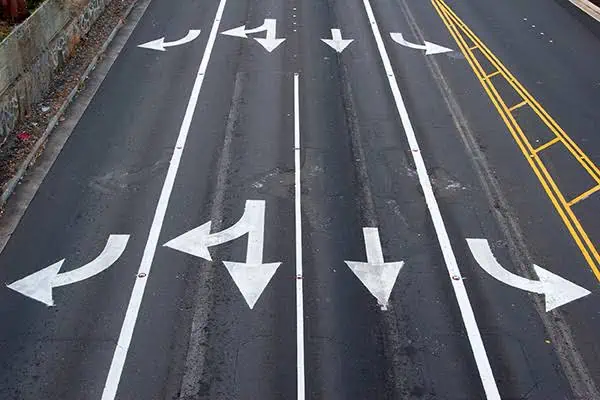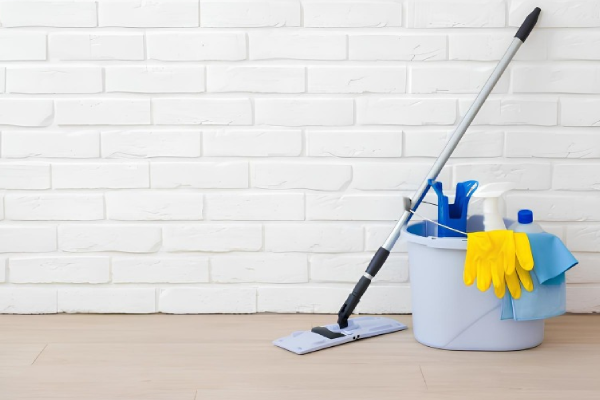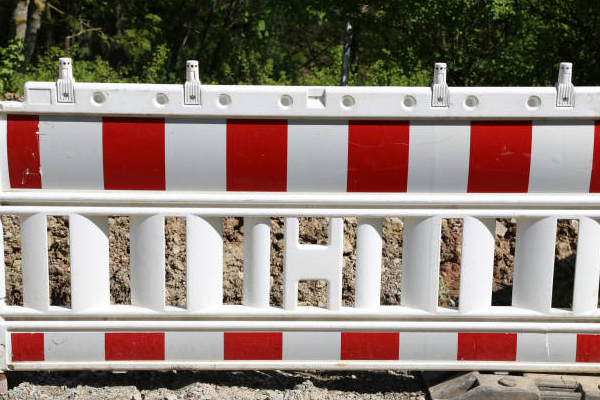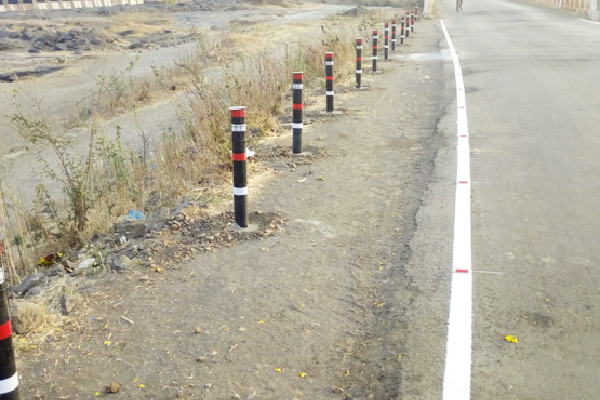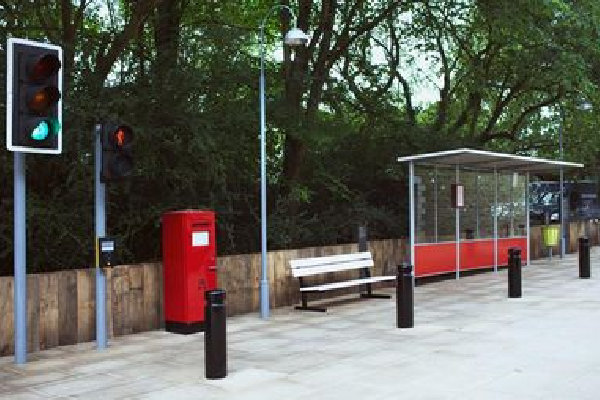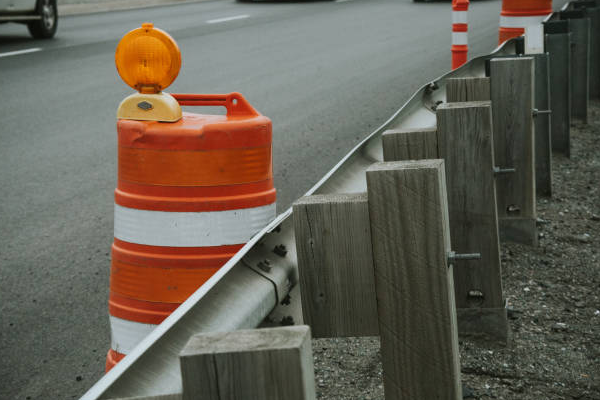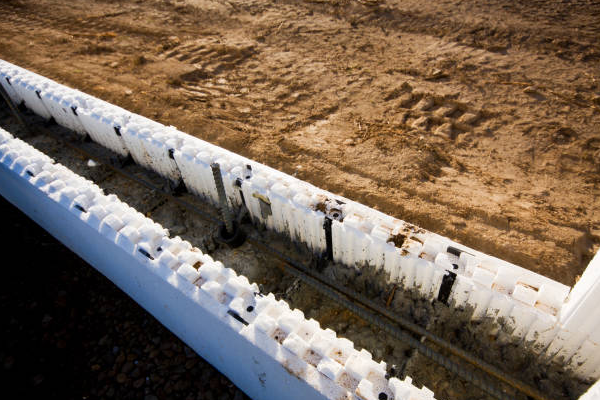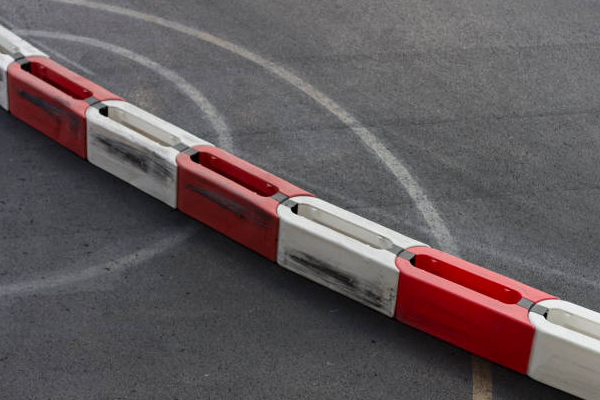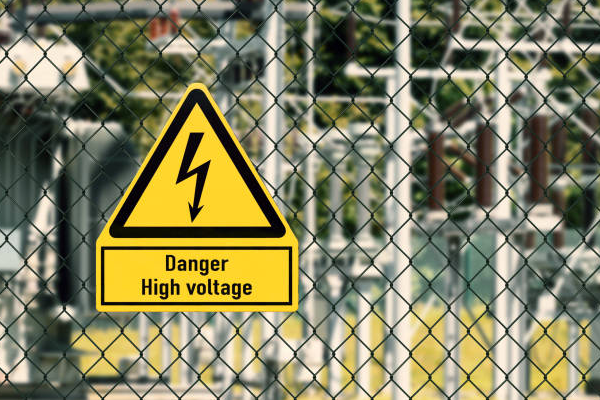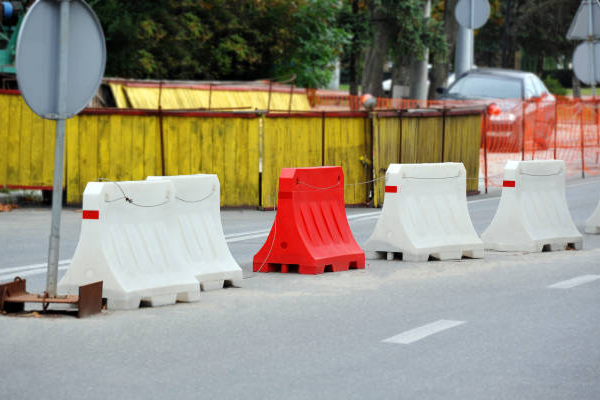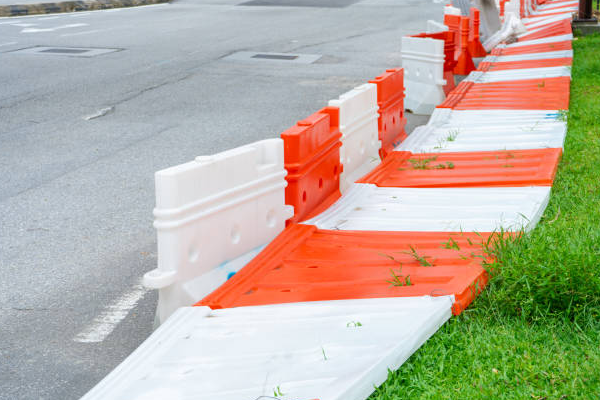Free Estimate
duis fusce fames quisque litora non volutpat, condimentum a euismod lectus morbi.duis fusce fames quisque litora non volutpat, condimentum a euismod lectus morbi.
duis fusce fames quisque litora non volutpat, condimentum a euismod lectus morbi.

We offer End to end Retail Road Furniture Installation for your home
Quality Finish / Exceptional Service / Unbeatable Prices
Secrets That Add Charm to Your Home
Why Choose Us?

Quality Craftsmanship

Customized Solutions

Pre-Paint Demo

Eco-friendly Practices

Color Proof

Time Efficiency

Competitive Pricing

Customer Satisfaction

Comprehensive Services

Comprehensive Services
Gallery
Painting Services in Delhi-NCR



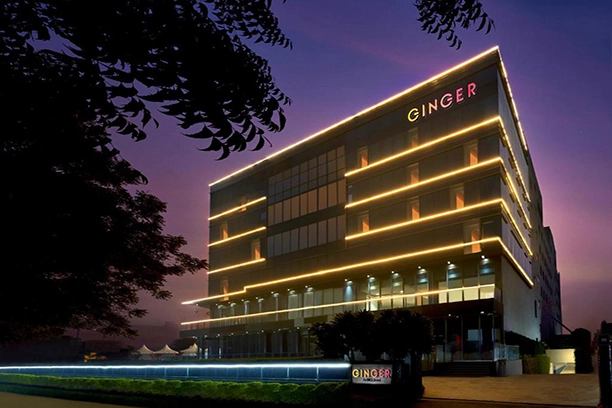

FAQ'S on Road Furniture Installation
Common types of road furniture include traffic signs, guardrails, road markings, traffic cones, and barriers. Each serves a specific purpose to enhance road safety and improve traffic management.
Other road furniture such as pedestrian crossings, road humps, and street lights also play a crucial role in ensuring safe and efficient road use.
Road furniture is crucial for road safety as it provides clear instructions, warnings, and guidance to drivers and pedestrians. Properly installed traffic signs and markings help in preventing accidents and ensuring smooth traffic flow.
Road furniture also aids in managing road behavior, reducing speed, and improving visibility, all of which contribute to safer road conditions.
Choosing the right road furniture involves assessing the specific needs of the area, such as traffic volume, road conditions, and safety concerns. Consulting with traffic management professionals can help in selecting appropriate road furniture to address these needs effectively.
Consider factors like visibility, durability, and compliance with local regulations when selecting road furniture to ensure it meets safety and functionality standards.
Road furniture is typically made from durable materials such as metal, plastic, and concrete. Traffic signs and signals are often made of aluminum or steel, while barriers and guardrails are usually constructed from steel or reinforced concrete.
Materials are chosen based on factors such as durability, weather resistance, and visibility to ensure that road furniture performs effectively over time.
Road furniture should be inspected regularly, ideally every 6-12 months, to ensure it remains in good condition and performs its intended function. Regular maintenance helps in identifying and addressing any wear and tear, damage, or safety issues.
In high-traffic areas or locations prone to damage, more frequent inspections may be necessary to ensure ongoing safety and effectiveness.
Installation requirements for road furniture include proper placement according to traffic regulations, ensuring visibility, and securing items to prevent movement or damage. Installation should be carried out by professionals to meet safety standards and ensure compliance with local regulations.
Correct installation also involves considering factors such as road surface conditions, traffic flow, and environmental conditions to ensure long-term effectiveness.
Yes, road furniture can be customized to meet specific needs or reflect local branding. Customizations may include unique designs, colors, or logos on traffic signs and barriers to match local aesthetics or address specific traffic management requirements.
However, custom road furniture must still comply with safety regulations and standards to ensure its effectiveness and legality.
Maintaining the cleanliness of road furniture involves regular cleaning to remove dirt, grime, and debris that can affect visibility and effectiveness. Use appropriate cleaning methods and materials to avoid damaging the furniture or its reflective surfaces.
Scheduled cleanings can help maintain the appearance and functionality of road furniture, contributing to overall road safety.
If road furniture is damaged, it should be repaired or replaced as soon as possible to maintain safety and functionality. Report damage to the relevant authorities or maintenance services for prompt action.
Regular inspections can help identify and address damage before it becomes a serious issue
Yes, there are regulations governing the installation of road furniture to ensure safety and consistency. These regulations cover aspects such as placement, visibility, and compliance with traffic management standards.
Consult local traffic authorities or guidelines to ensure that all road furniture meets regulatory requirements and is installed correctly.
What Customer Say's About Us
Not yet convinced? Want to know more about us or gain knowledge about Road Furniture Installation ? Let's dig deeper to get the best! Stay tuned with us!
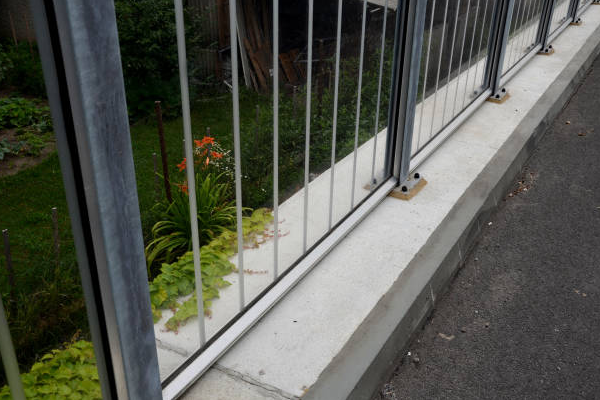
Road Ready: Furniture Installation
Traffic Signs
Road Markings
Barriers and Bollards
Traffic Cones and Delineators

Covering All the Bases
Traffic Signs
Road Markings
Barriers and Bollards
Traffic Cones and Delineators
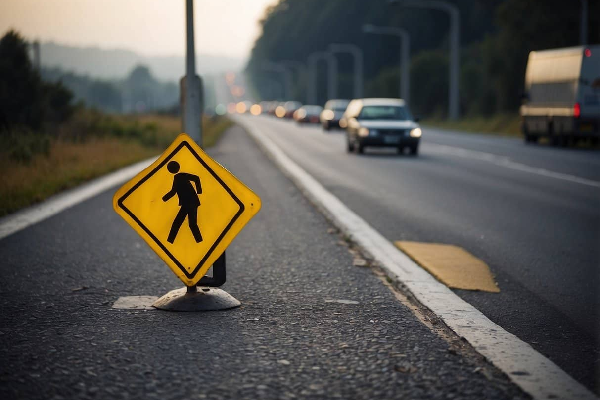
Driven by Top-Notch Services
Custom Design and Planning
Installation and Setup
Regular Maintenance and Inspection
Upgrades and Replacements
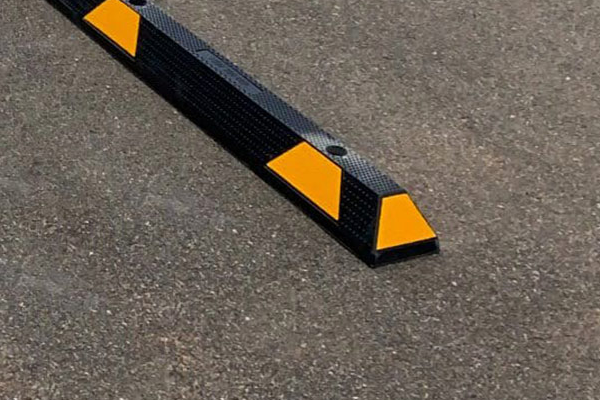
How We Pave the Way!
Initial Consultation and Site Assessment
Custom Design and Planning
Professional Installation
Final Inspection and Quality Assurance
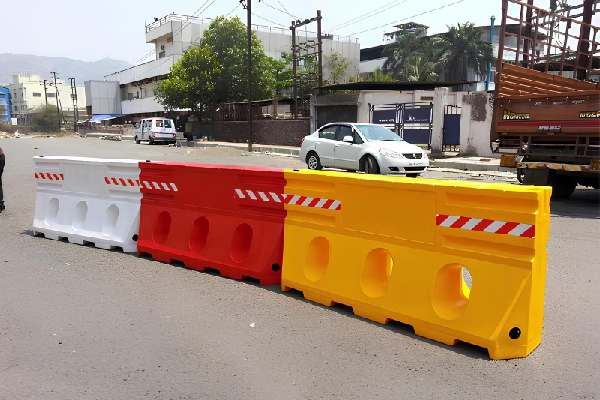
Road Furniture: The Essentials
Types of Traffic Signs
Types of Road Markings
Types of Barriers and Bollards
Types of Traffic Cones and Delineators
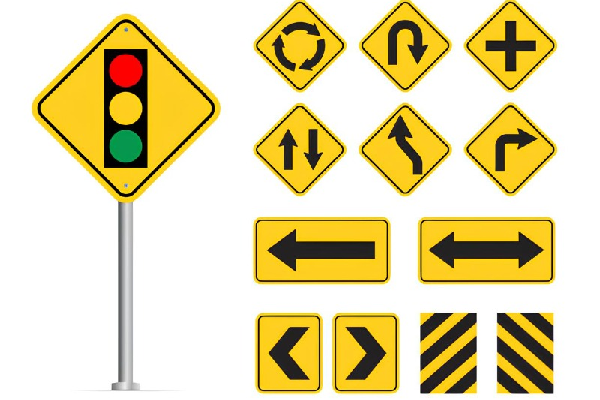
Traffic Signs: Directions Made Easy
Regulatory Signs
Warning Signs
Informational Signs
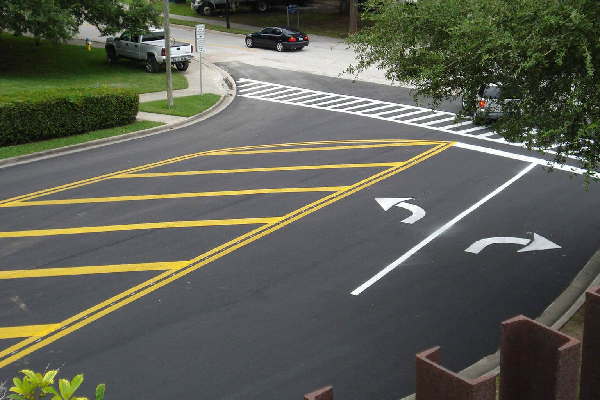
Marking the Way Ahead
Lane Markings
Pedestrian Crossings
Arrows and Symbols
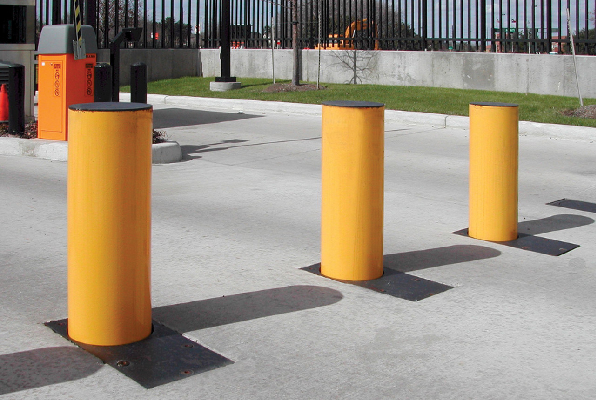
Stand Guard with Barriers and Bollards
Safety Barriers
Decorative Bollards
Retractable Bollards
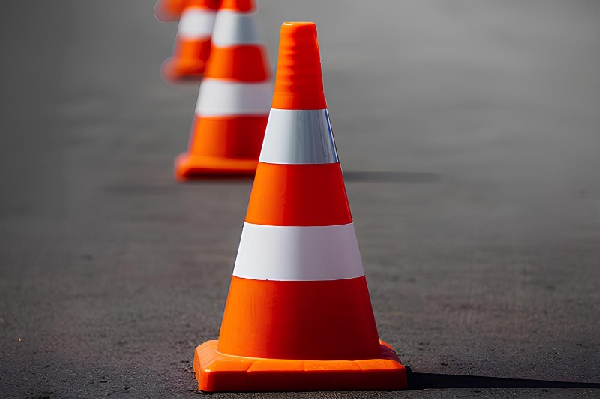
Cones and Delineators: Defining Boundaries
Standard Traffic Cones
Collapsible Traffic Cones
Traffic Delineators
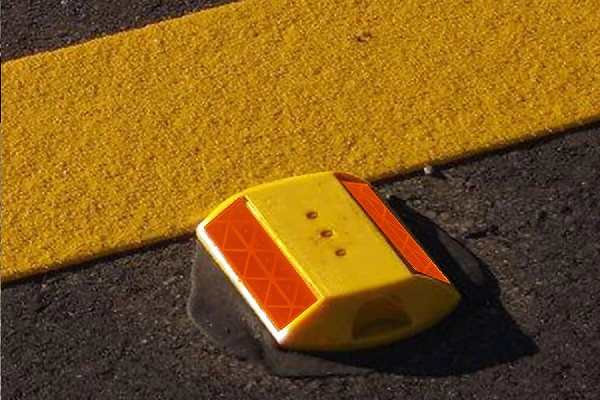
Reflectors and Studs: The Torchbearers
Cat's Eye Reflectors
Solar Road Studs
Plastic Road Studs

Speed Bumps and Humps: Take It Slow
Rubber Speed Bumps
Plastic Speed Bumps
Concrete Speed Humps
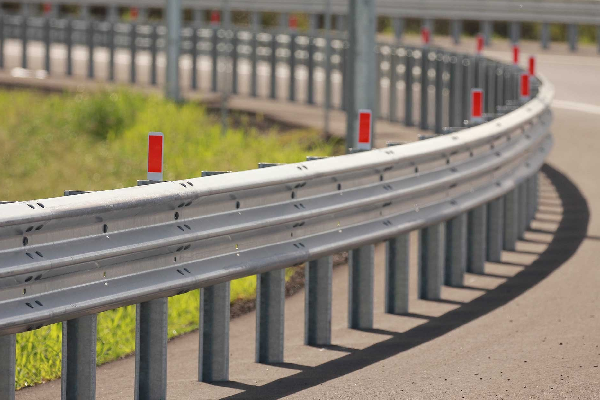
Guardrails and Barriers: Safety on Track
W-Beam Guardrails
Cable Barriers
Concrete Barriers
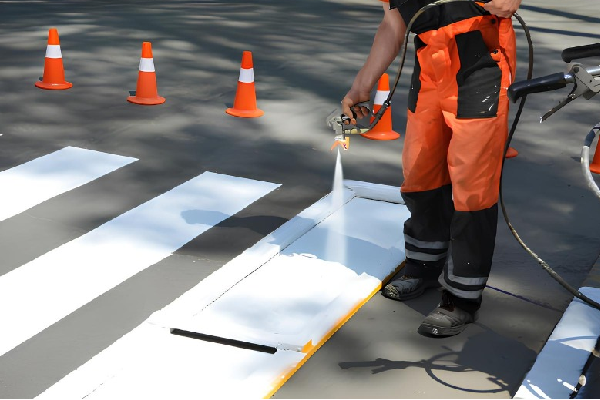
Tips for a Smooth Install
Best Practices for Installing Road Furniture
Safety Precautions During Installation
Ensuring Compliance with Local Regulations

Road-Ready Maintenance
Regular Inspection Schedules
Cleaning and Upkeep
Handling Repairs and Replacements


